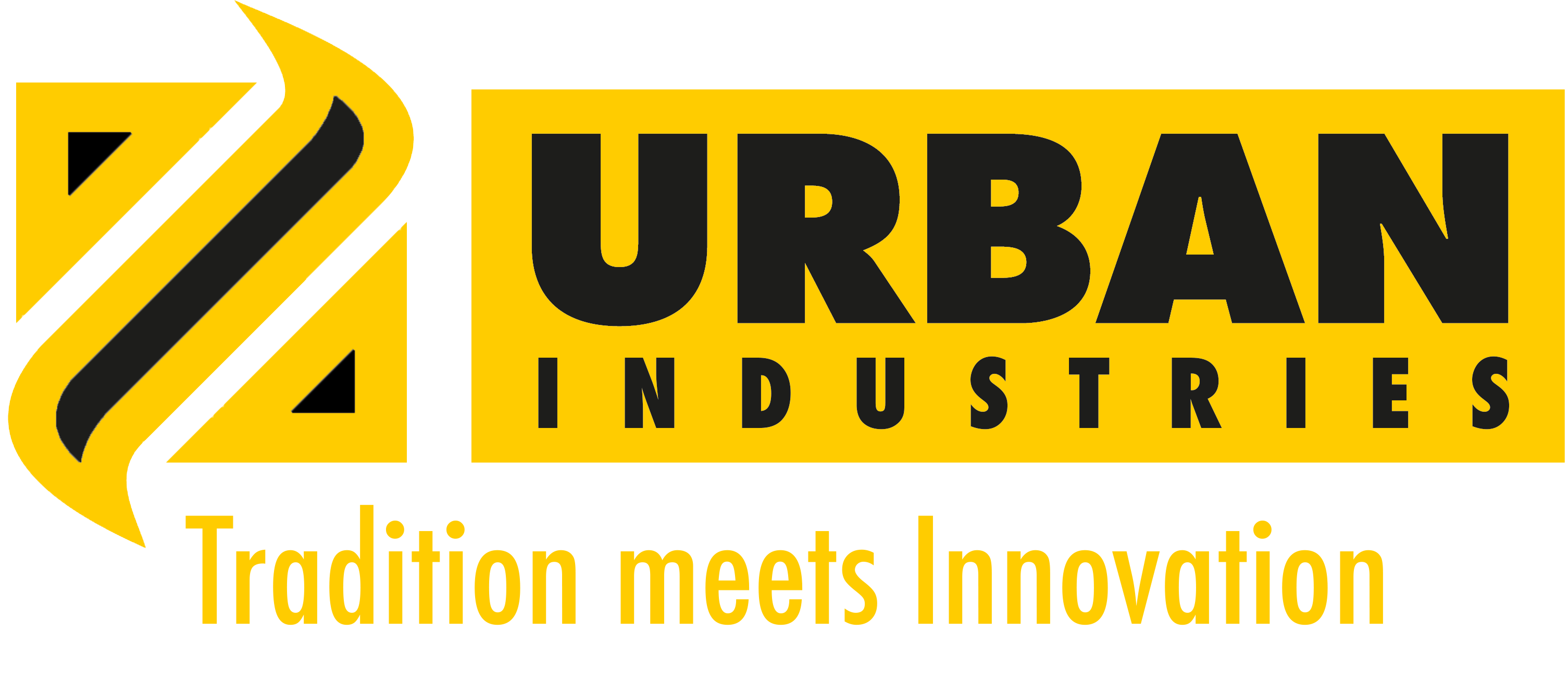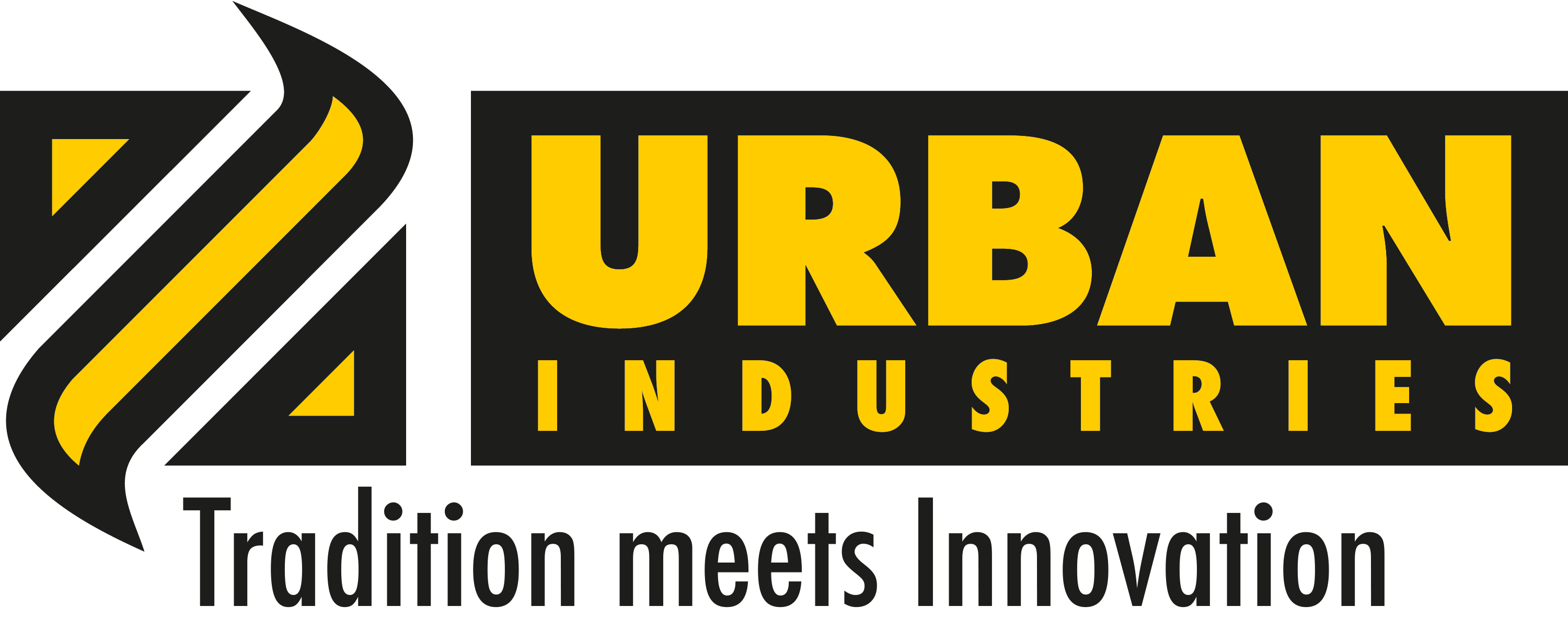Foundation slabs for solar systems on uneven terrain
Maximum stability for demanding floors
Base plates for solar installations on uneven terrain are essential components that ensure the safe and stable installation of solar modules. Especially on difficult soils such as sand, clay or rocky ground, these large base plates offer a reliable solution to stabilize the systems and ensure long-term energy efficiency.
Functions of foundation slabs for solar systems
- Stabilization: They provide a robust base and prevent the solar system from sinking or tilting.
- Load distribution: The load is distributed evenly over the substrate to prevent soil erosion or pressure points.
- Adaptability: Foundation slabs can be adapted to uneven terrain and different ground conditions.
Materials for foundation slabs
The choice of materials for foundation slabs is decisive for their durability and load-bearing capacity. Commonly used materials are
- Concrete: Robust and durable, ideal for heavy solar systems and permanent installations.
- Steel: Suitable for modular panels that are flexible yet stable.
- Composite materials: Combinations of metals and plastics offer lightness and stability.
- Recycled materials:Sustainable alternatives that are both environmentally friendly and high-performance.
Construction features of modern foundation slabs
Modern foundation slabs are designed to ensure maximum stability even under difficult conditions:
- Large-area base: Ensures stable anchoring even on uneven terrain.
- Slip-resistant surfaces: Prevent movement and shifting on loose floors.
- Flexible connections: Modular panels adapt to uneven surfaces.
- Corrosion protection: Coatings protect the panels from the effects of weather and chemical stress.
Areas of application for foundation slabs for solar systems:
Foundation slabs are used in various areas of application:
- Ground-mounted systems: Ideal for large solar fields on uneven or difficult ground.
- Hybrid systems: Combinations of solar systems with wind turbines that require flexible stabilization.
- Small systems: Use in rural or urban areas with limited space and uneven terrain.
- Coastal areas: Foundation slabs with high corrosion resistance for saline environments.
Advantages of modern foundation slabs for solar systems
- High stability: Guarantee a secure hold of the solar system even on difficult ground.
- Flexibility: Modular panels can be adapted to different terrain shapes.
- Durability: High-quality materials ensure a long service life.
- Simple installation: Modern panels are easy to transport and install.
- Environmentally friendly: Sustainable materials and designs reduce the ecological footprint .
Future trends in foundation slabs for solar systems
The further development of foundation slabs is being driven by technological innovations and increasing requirements for solar systems:
- Lightweight construction:Use of innovative materials to reduce weight while maintaining stability.
- Intelligent systems: Integration of sensors for monitoring soil changes and loads.
- Sustainability: Use of recyclable materials and energy-efficient production methods.
- Automation: Robot-assisted production for more precise and cost-efficient manufacturing.
Development challenges
The development of modern foundation slabs brings with it specific challenges:
- Ground adaptation: Designs must be flexible enough to adapt to different surfaces.
- Weather resistance: Ensuring that the panels are resistant to moisture, frost and UV radiation.
- Cost efficiency: High-quality materials and advanced designs can increase production costs.
Conclusion
Foundation plates for solar installations on uneven terrain are essential to ensure the stability and efficiency of modern solar installations. They provide a robust base for safe operation on difficult ground and contribute to the longevity and sustainability of the systems. With innovative designs, high-quality materials and flexible construction solutions, these panels set new standards in solar technology.

